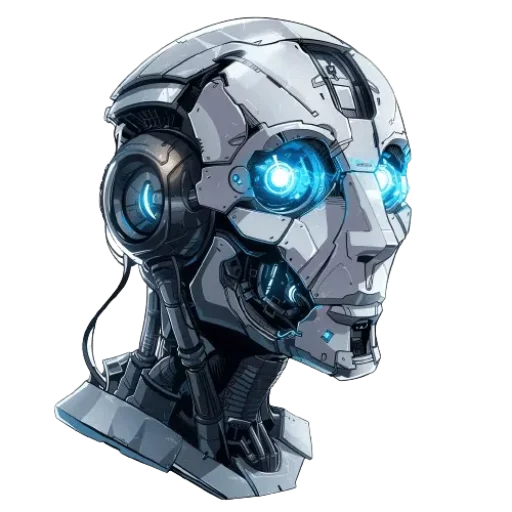Key findings
Textile, apparel, and furnishings workers perform intricate tasks such as sewing, cutting, and assembling textiles and clothing items.
Their expertise in crafting high-quality goods is a skill that Generative artificial intelligence (GenAI) cannot replicate.
This unique blend of craftsmanship and physical dexterity ensures that blue-collar workers in this industry are unlikely to be impacted by AI automation.
The demand for premium goods and personalized services further secures their role in the workforce, making them resilient to the advancements of GenAI.
How could AI or automation replace or complement job activities?
Artificial intelligence, automation, or language models like ChatGPT could be used to assist textile workers by streamlining equipment operations, enhancing quality control checks, and facilitating communication with team members.
While these technologies may not completely replace human workers, they could improve efficiency and accuracy in tasks such as maintaining records, meeting production targets, and troubleshooting equipment issues.
For instance, AI-powered systems could analyze production data to identify patterns and optimize processes, ultimately supporting textile workers in their daily tasks.
Job description
Sews, cuts, and assembles various textiles and clothing items. May also work on home furnishings.



0 Comments